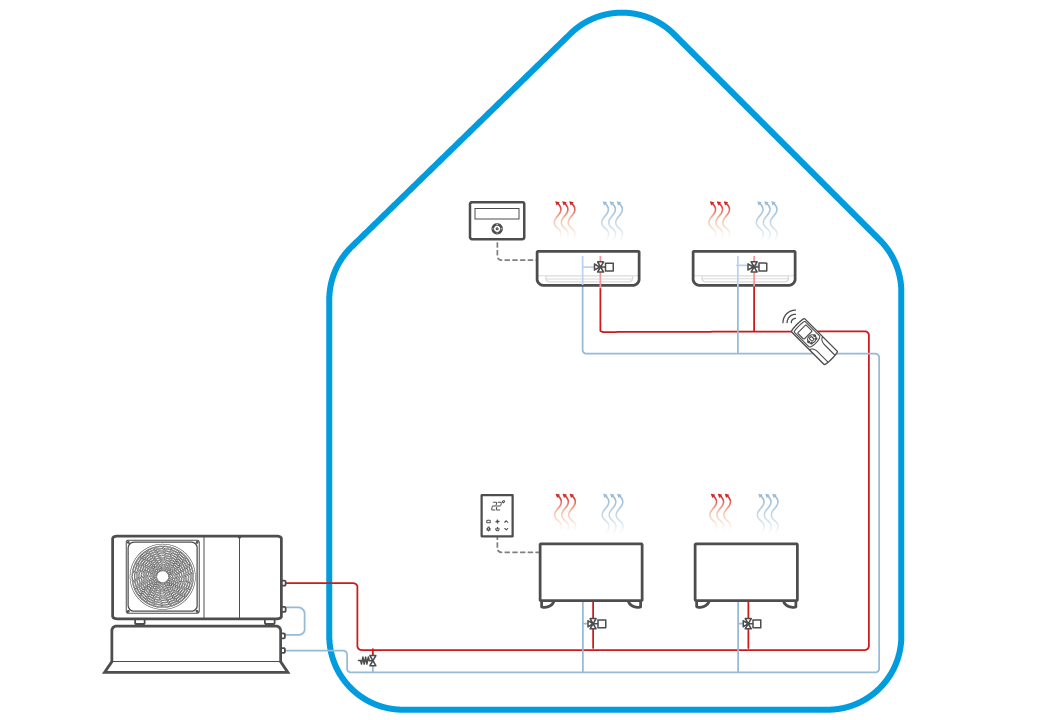Radiators were, until quite recently, the only way to heat the home. Now, however, the technologies and systems have evolved to bring us a range of new systems to keep us warm in winter and ensure optimal comfort in the home.
The solutions naturally differ in terms of technical features and benefits, but all guarantee energy savings and, therefore, lower bills.
Radiant systems for heating
For new buildings, but also in the case of ones that are to be renovated, underfloor heating systems can be considered the most popular solution and are a viable alternative to conventional radiators. But how do these systems work and what are the main benefits they can provide? Compared to radiators, which by their very nature take up space inside the house, the radiant system is practically invisible.
It uses a coil of pipes located under the floor in which water generally flows at a temperature of between 30 and 40 °C. Once the floor is warmed up, the heat is transmitted by radiation into the rooms, guaranteeing the ultimate in wellbeing in the home. This solution, which can be designed for wall or ceiling application, also offers good reliability and durability. Energy savings are also ensured at the lowest temperature setting (radiators need to be at a temperature above 60° C in order to work properly ed.).
These savings increase significantly if a heat pump, which uses free renewable energy (outside air, groundwater or underground heat ed.), is combined with the system: and these are savings you could never have with a condensing boiler that runs on fossil fuel.

